Information Technology > EXAM > Final Exam for: IS-363: Introduction to Emergency Management for Higher Education ( all answers corr (All)
Final Exam for: IS-363: Introduction to Emergency Management for Higher Education ( all answers correct )
Document Content and Description Below
Final Exam for: IS-363: Introduction to Emergency Management for Higher Education Privacy Act Statement (Public Law 93 579) Each time that this test is loaded, you will receive a unique set of quest... ions and answers. The test questions are scrambled to protect the integrity of the exam. Display All 1. All of the following are main types of hazards EXCEPT: A. human-caused B. technological C. natural D. cultural 2. Which of the following is a recovery consideration related to facilities? A. identifying methods to preserve medical records B. identifying methods to evaluate degree completion C. planning for resumption of transportation, housing, and food services D. planning for volunteer management 3. What is the top priority when developing incident objectives? A. property preservation B. life safety C. environmental conservation D. effective resource allocation 4. As the State's oldest institution of higher learning, Te Ata University is on the National Register of Historic Places. If campus buildings are damaged in a disaster, what potential impediment to recovery are they LEAST likely to encounter, based on this information? A. ability to meet historical preservation requirements B. ability to gain community support for rebuilding and repairs C. ability to meet current code D. ability to secure funds for rebuilding and repairs 5. Which response agencies and entities should be included in the Incident Command System? Select the best response. A. Incident Command Post personnel and Department EOCs B. Incident Command Post personnel, Department EOCs, local EOCs, State EOC, regional, and national entities C. Incident Command Post personnel and local EOCs D. Incident Command Post personnel, Department EOCs, and local EOCs 6. All of the following are benefits of testing the Emergency Operations Plan with exercises EXCEPT: A. It allows participants to address gaps, deficiencies, and vulnerabilities before a real event B. It enables personnel to practice response actions in an environment that does not reduce risks C. It allows personnel to validate training and practice strategic and tactical capabilities D. It improves interagency coordination and communication 7. Why should you analyze your planning stakeholders? A. You must include a section about stakeholder characteristics in your Emergency Operations Plan B. Stakeholder analysis is a required component of the Incident Command System C. You need to understand factors that contribute to resistance the stakeholders may have to participating, so you can overcome that [Show More]
Last updated: 2 years ago
Preview 1 out of 8 pages
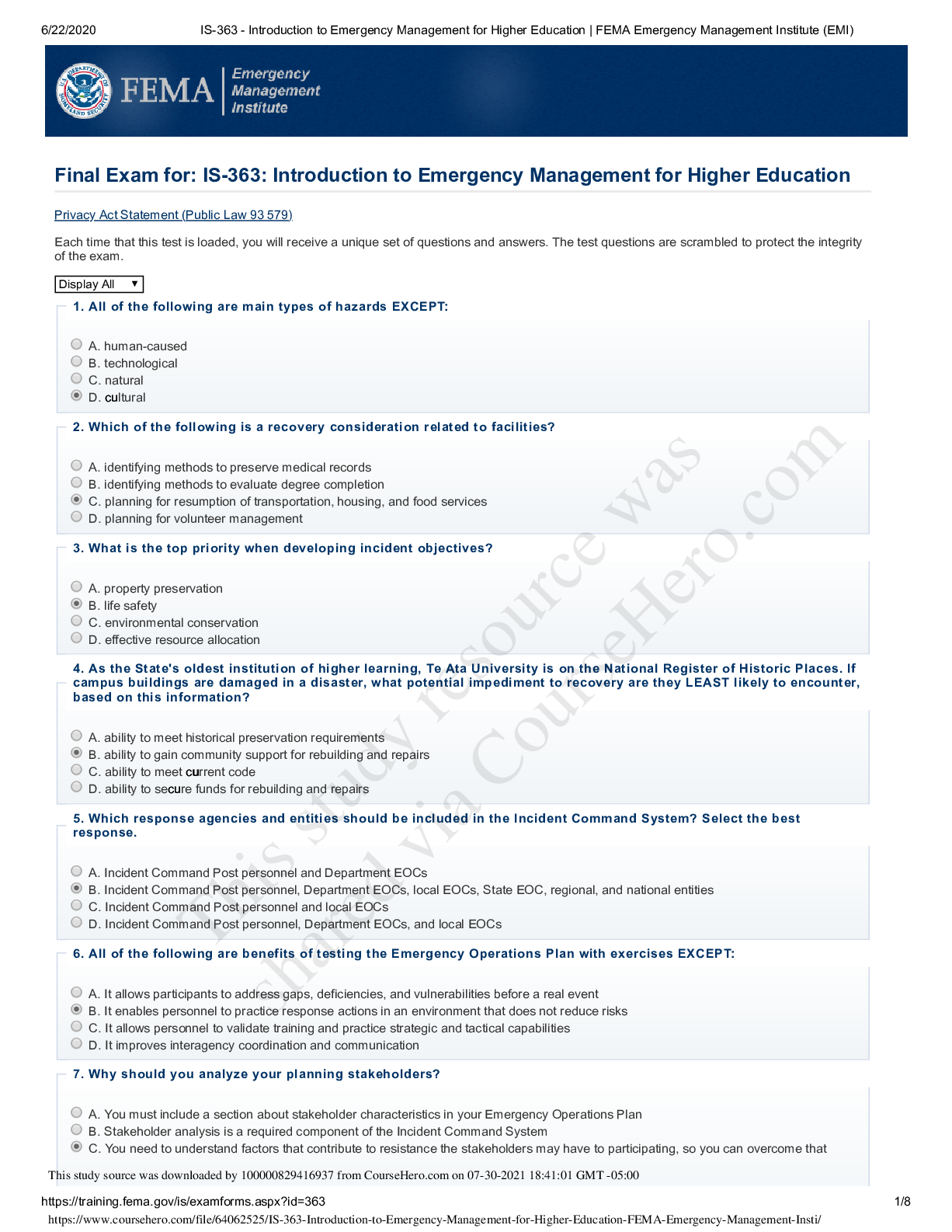
Buy this document to get the full access instantly
Instant Download Access after purchase
Buy NowInstant download
We Accept:

Reviews( 0 )
$11.00
Can't find what you want? Try our AI powered Search
Document information
Connected school, study & course
About the document
Uploaded On
Jul 31, 2021
Number of pages
8
Written in
Additional information
This document has been written for:
Uploaded
Jul 31, 2021
Downloads
0
Views
98


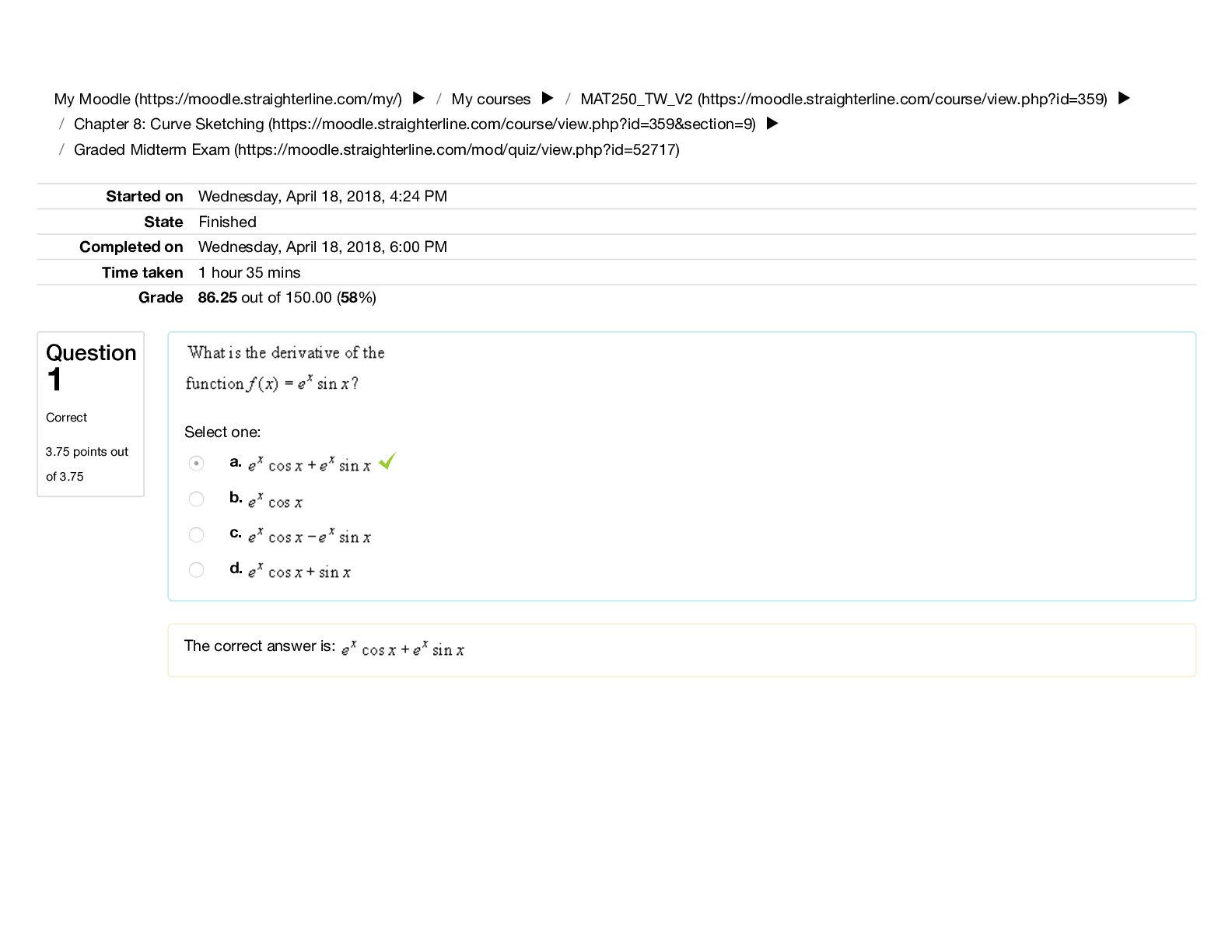
.png)


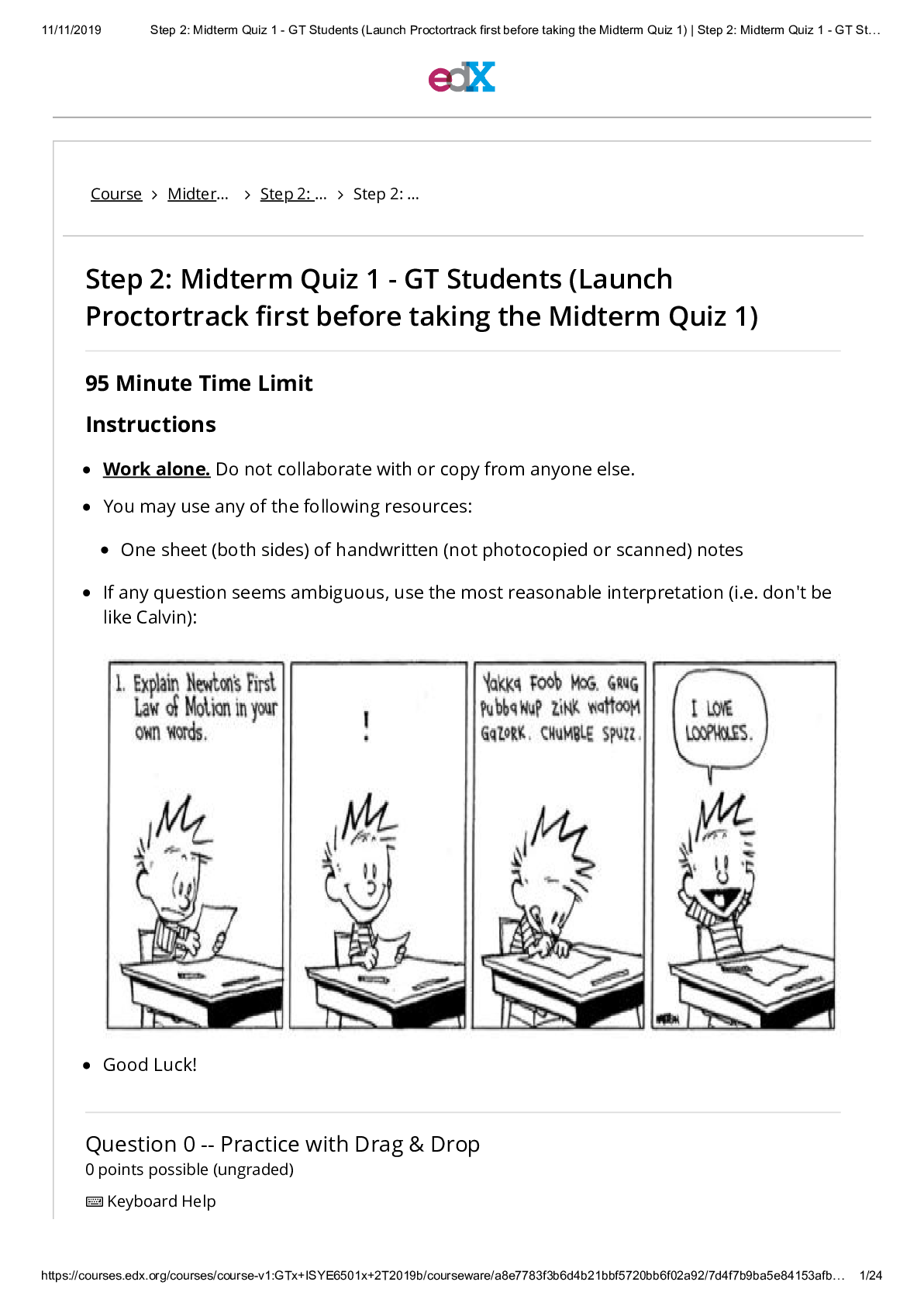


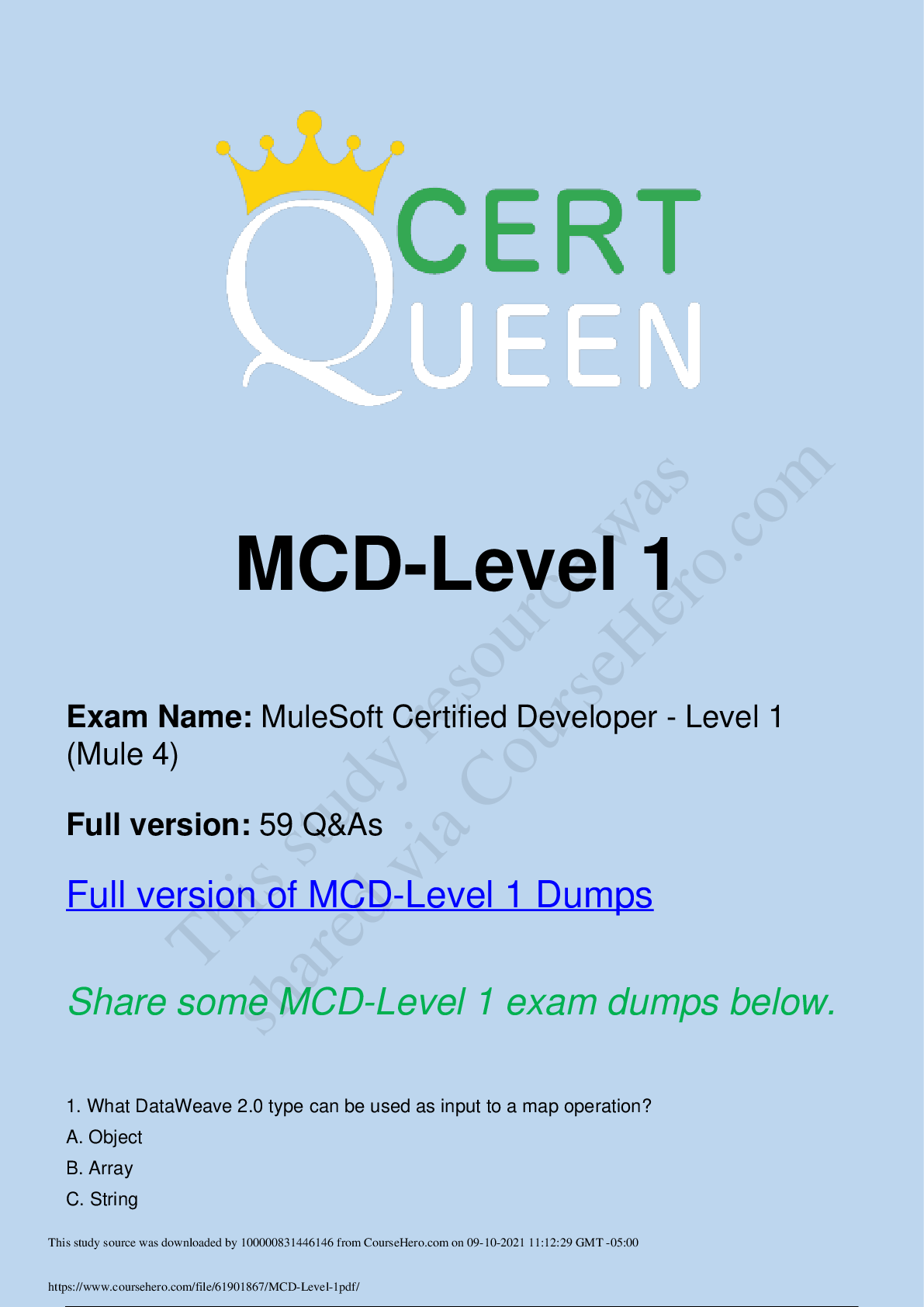

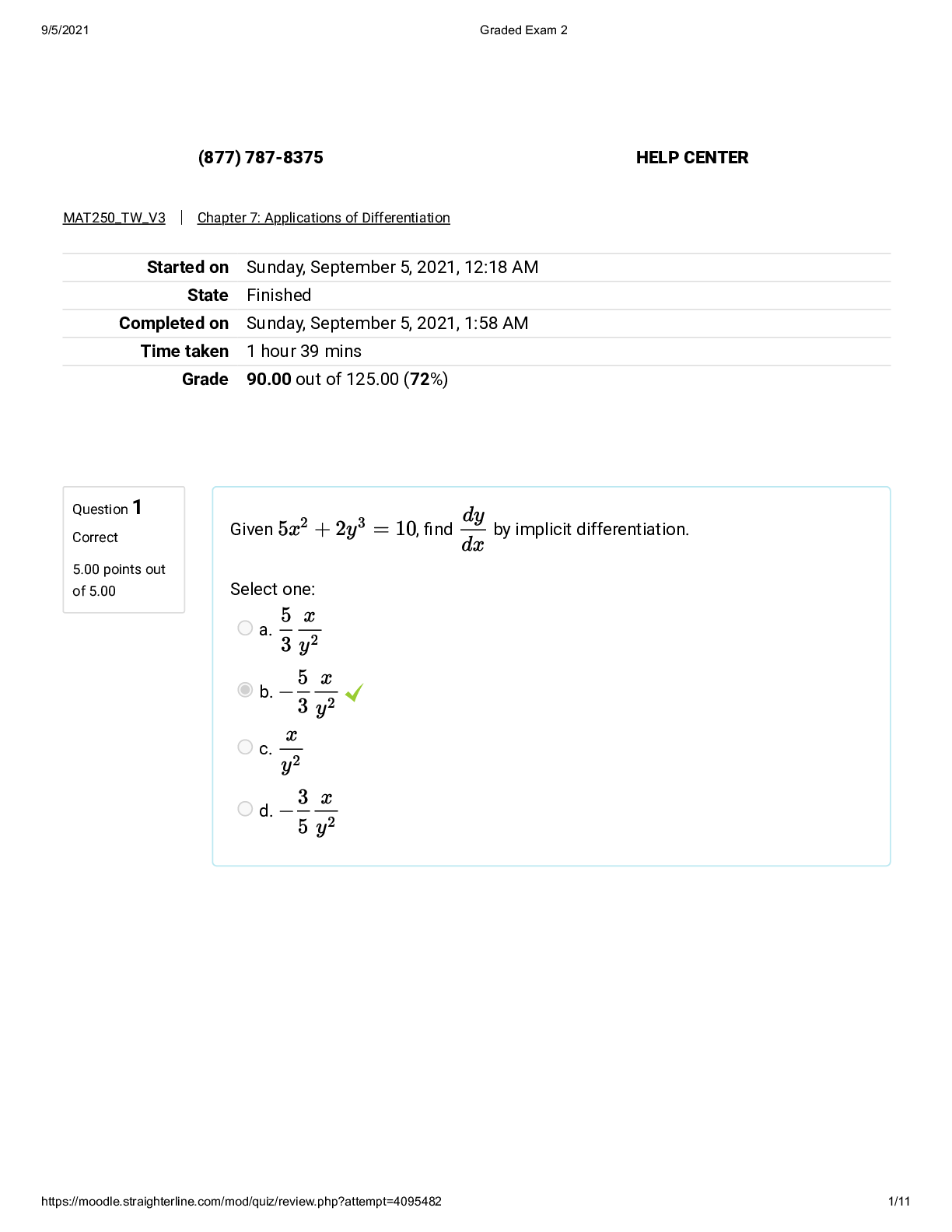
.png)









.png)



